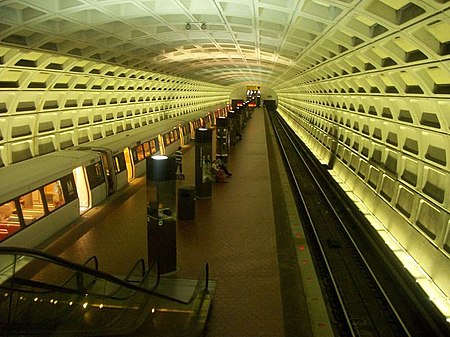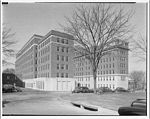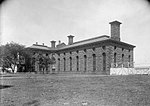Stadium–Armory station
1977 establishments in Washington, D.C.Railway stations in the United States opened in 1977Railway stations located underground in Washington, D.C.Southeast (Washington, D.C.)Stations on the Blue Line (Washington Metro) ... and 4 more
Stations on the Orange Line (Washington Metro)Stations on the Silver Line (Washington Metro)Use mdy dates from March 2018Washington Metro stations in Washington, D.C.

Stadium–Armory is a Washington Metro station located in Southeast, Washington, D.C. The station was opened on July 1, 1977, and is operated by the Washington Metropolitan Area Transit Authority (WMATA). Stadium–Armory serves the Blue, Orange and Silver Lines. It is a transfer station, as this is the last station shared by the three lines before the lines diverge going east; east of the station, all three lines rise above ground onto elevated track to cross over the Anacostia River. At the diverge point, the Orange Line continues above ground veering northbound, and the Blue and Silver Lines continue eastbound entering a tunnel.
Excerpt from the Wikipedia article Stadium–Armory station (License: CC BY-SA 3.0, Authors, Images).Stadium–Armory station
19th Street Southeast, Washington
Geographical coordinates (GPS) Address Nearby Places Show on map
Geographical coordinates (GPS)
| Latitude | Longitude |
|---|---|
| N 38.8883 ° | E -76.9771 ° |
Address
19th Street Southeast 102
20003 Washington
District of Columbia, United States
Open on Google Maps









